“On the second day of the second lunar month, the dragon raises its head.” This ancient folk rhyme kicks off one of China’s most lively spring traditions—the Dragon Head Raising Festival. When the spring breeze greens the willow tips, communities across China welcome the season with vibrant rituals full of hope and flavor.
The origin of this festival is as poetic as a legend. Ancient astronomers noticed that in mid-spring, the constellation representing the eastern dragon would rise above the horizon, resembling a mythical dragon lifting its head. This celestial event signaled the coming of spring rains—crucial for farming—and became symbolically tied to renewal and prosperity.
The most fun tradition? “Getting a haircut for the dragon’s head.” Barbershops see long queues as people believe a fresh haircut washes away the old and welcomes good fortune. Even children sit still for a trim, tempted by moms whispering, “A haircut today will make you smarter in school!”
The food symbolism is equally charming: noodles become “dragon’s beard,” dumplings turn into “dragon’s ears,” and spring pancakes are called “dragon scales.” Every bite is believed to bring blessings. In northern China, some still sprinkle golden millet while chanting: “With the dragon’s rise, our barns will fill to the skies.”
In some regions, dragon dances take over streets with percussion and laughter, while women avoid needlework to “protect the dragon’s eyes.” These small gestures reflect a deep-rooted cultural tenderness.
Today, the festival remains vibrantly alive. Young people flock to barbershops for luck, restaurants feature creative “dragon-inspired” dishes, and social media lights up with dragon dance clips. It’s no longer just a rain-praying ritual—it’s a living bridge between ancient traditions and modern joy.
If you ever find yourself in China during this time, join the queue at a barbershop or order a bowl of “dragon beard noodles.” You’re not just celebrating a festival—you’re sharing in a collective hope for a bright new beginning.
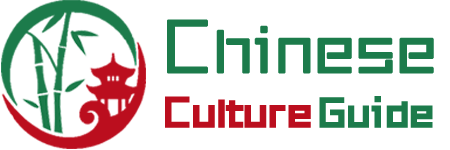
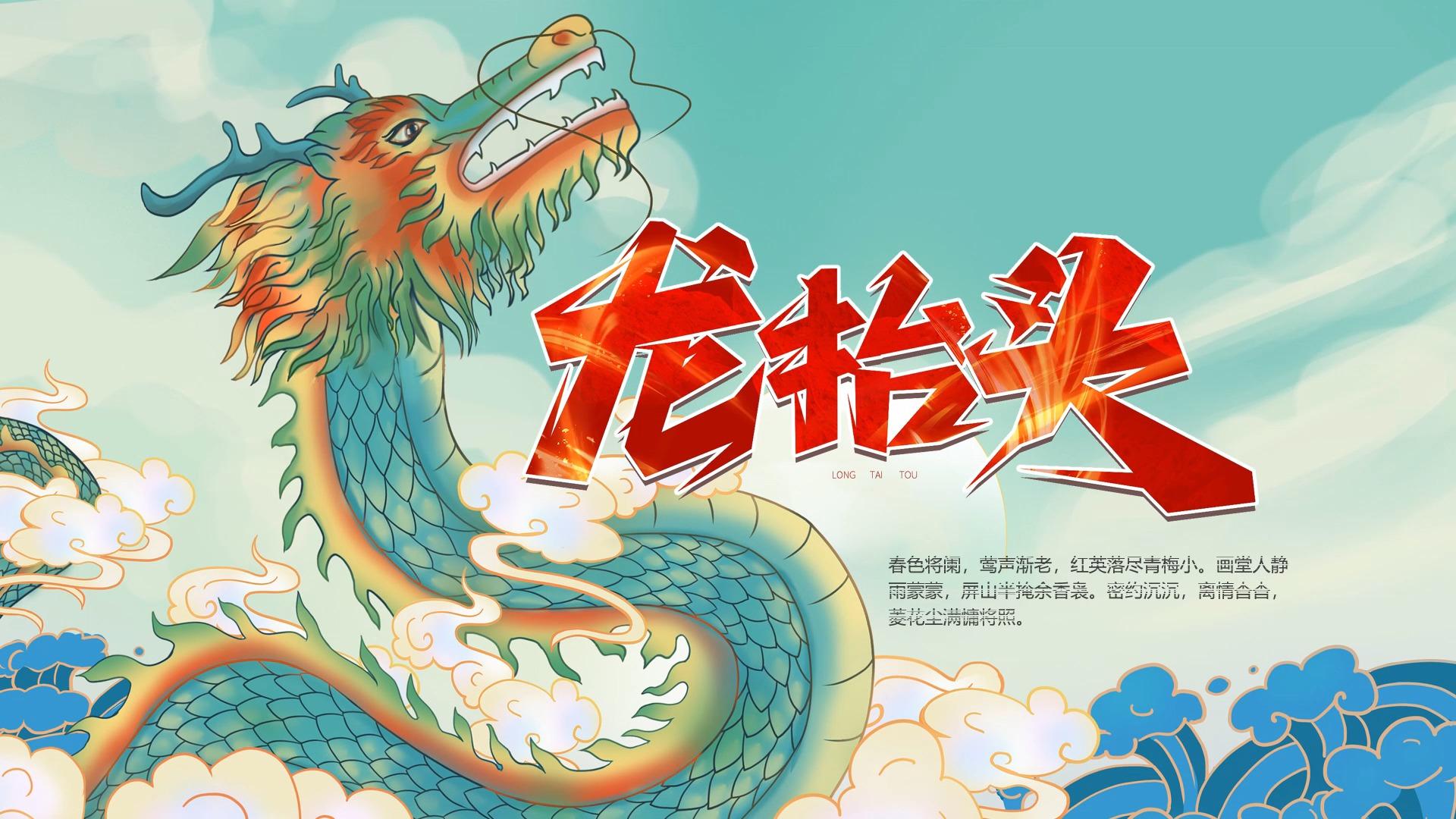
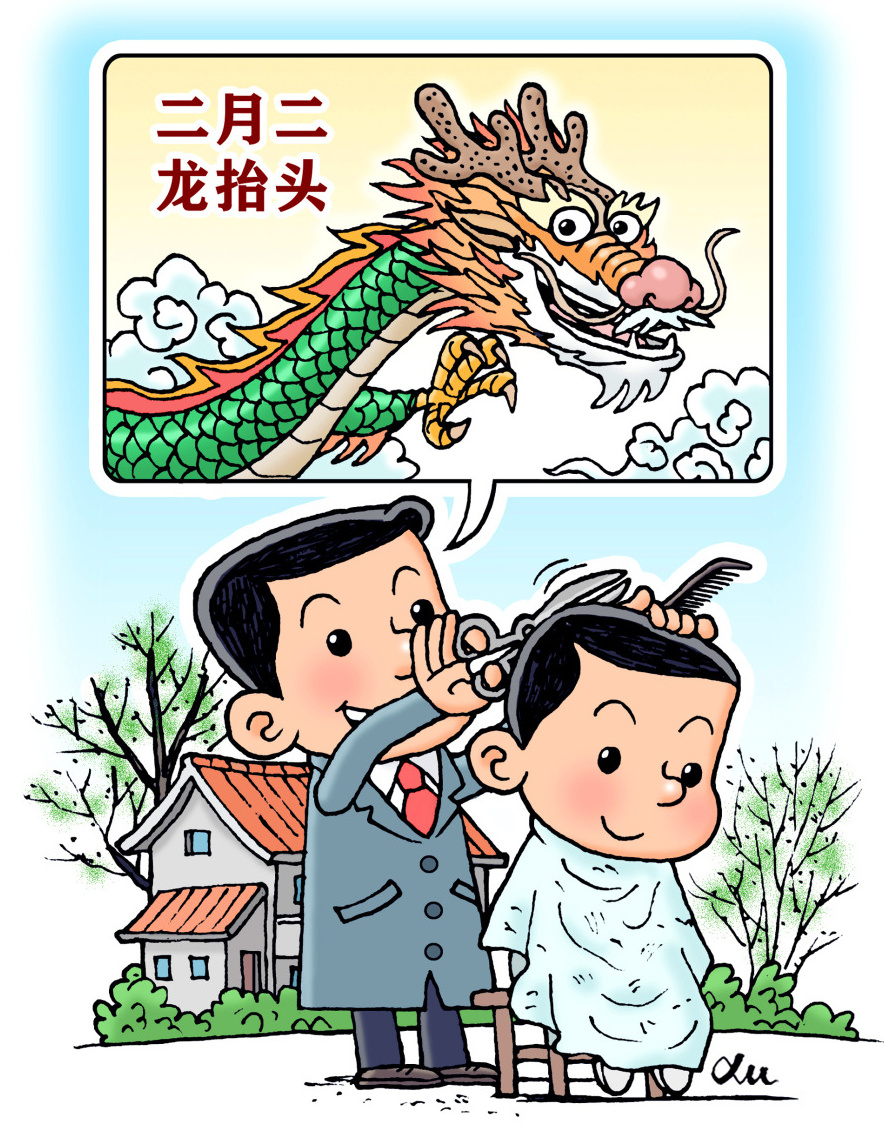
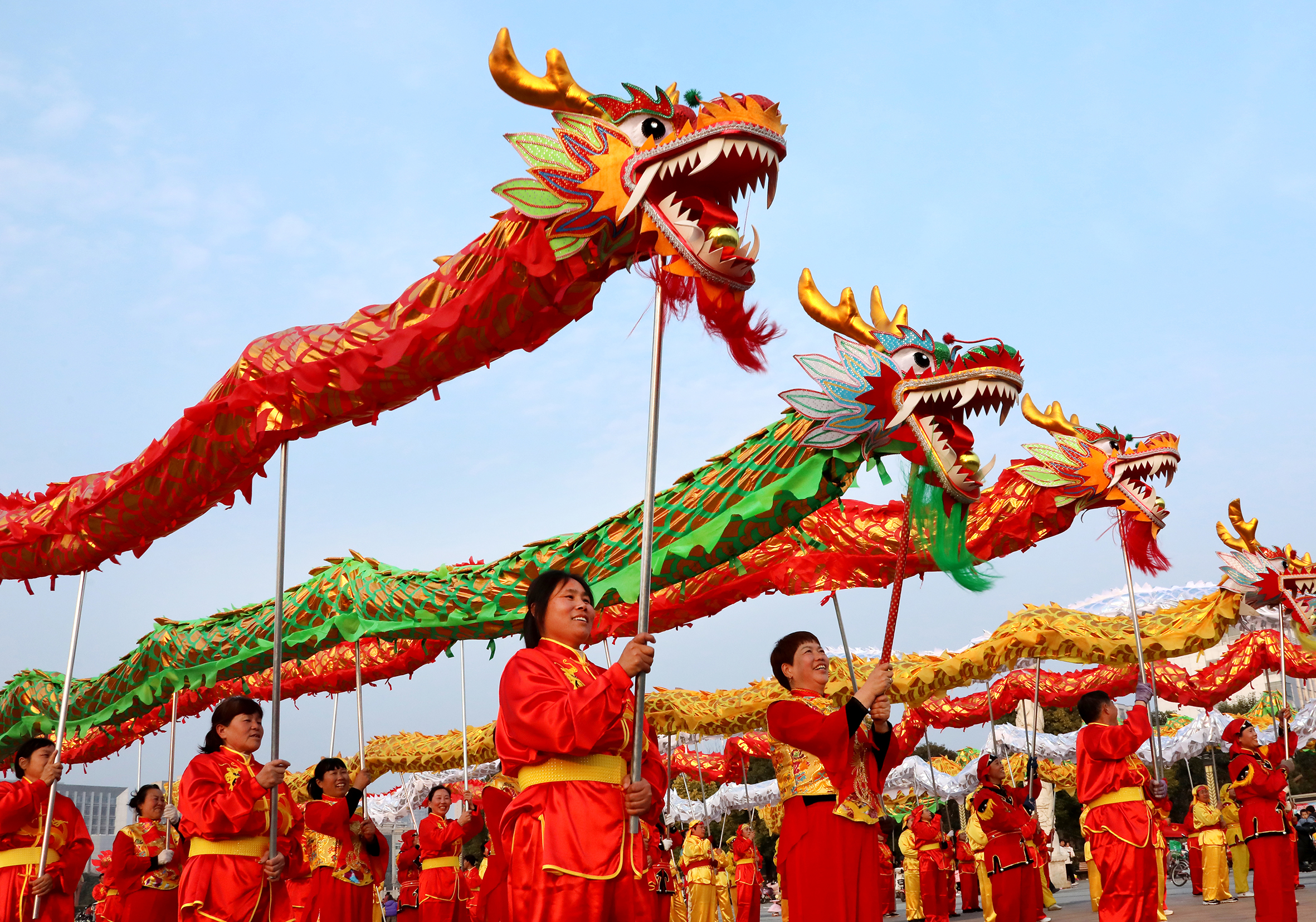
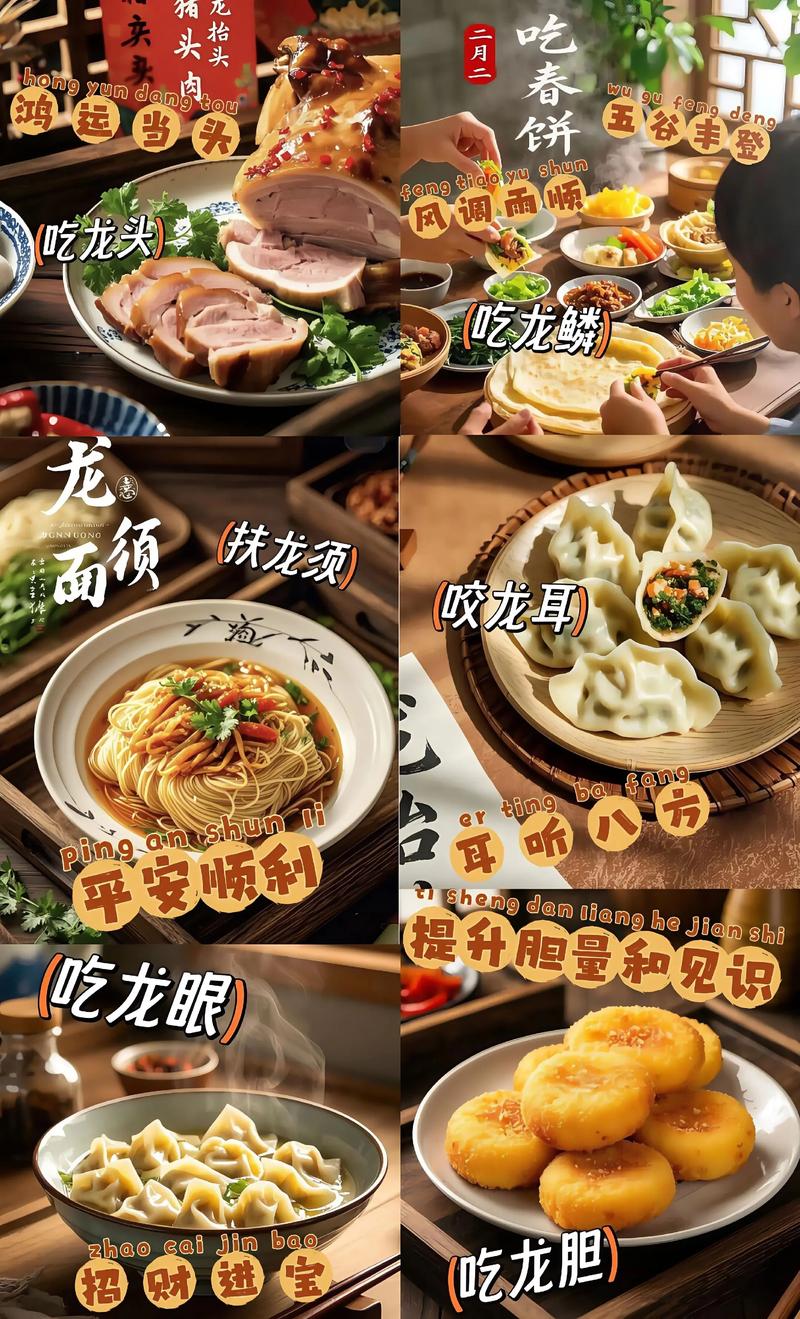




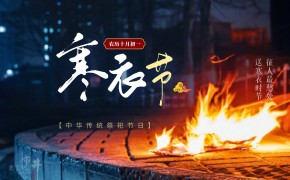
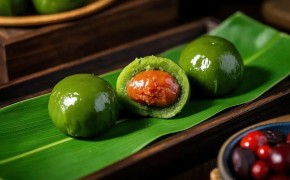






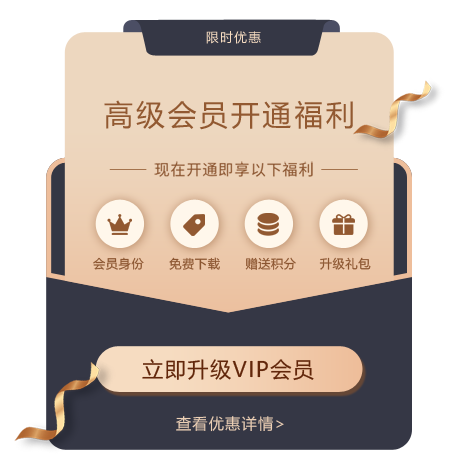
There are no comments yet, come and comment~